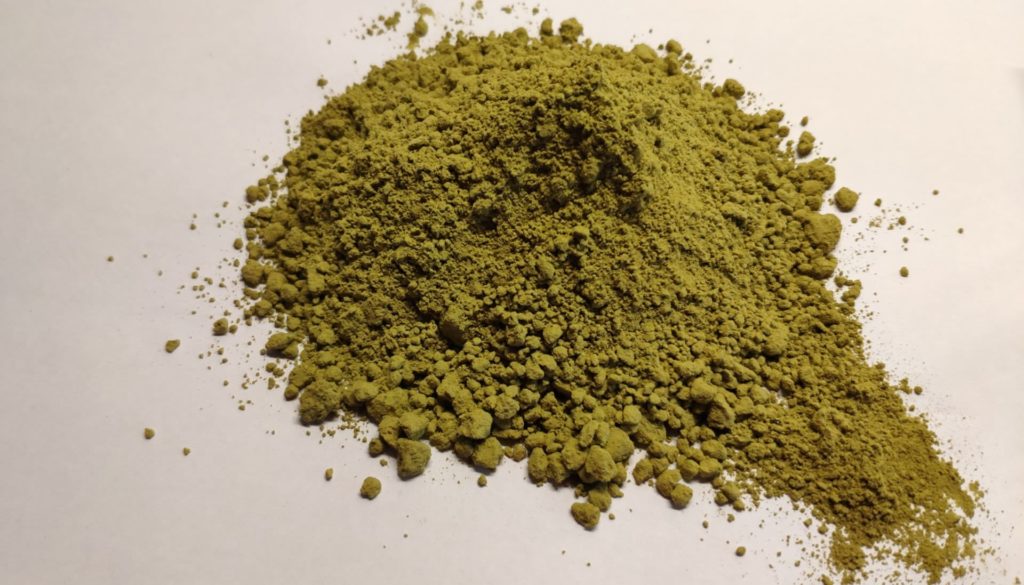What is Henna?

Henna comes from a tree called Lawsonia inermis (also known as Lawsonia alba or Lawsonia spinosa) and is made by drying and crushing the leaves of the tree to form a fine powder.
The trees can be found in the tropical and subtropical regions of Africa, western and southern Asia and northern Australasia.
The tree that henna comes from also goes by the more common names of the:
• henna tree
• mignonettte tree and the
• Egyptian privet
Henna has been used for thousands of years henna to dye the skin and nails – and hair. Interestingly, henna has also been used to dye wool, leather and in some parts of the world, to dye the manes, tails and hooves of horses.
What colour is Henna?
Pure henna powder tends to have a dull green colour and when mixed to form a paste (using water, for example) the mixture ‘develops’ over the course of 8 to 12 (and up to 24) hours – and becomes a dull, deep reddish colour.
When applied to the hair, the natural compound in the leaves of the plant, the lawsone dye, produces the red-orange hue that henna is known for.
Depending on the conditions in which the plant was grown, the concentration of lawsone dye in the leaves can vary.
What can henna do for our hair?
Henna is great for the hair in many ways.
Henna can:
• strengthen hair
• promote hair growth
• reduce hair fall
• prevent dandruff
• control scalp itchiness
• be used as a natural hair dye
• be used to cover greys
• be used as a hair treatment
My henna journey
I’ve been using henna regularly for the past three years or so, in my Sisterlocks and when I had loose natural hair). Before that, I used henna sporadically in my first set of Sisterlocks.
I love using henna. It’s the ideal way to strengthen my Sisterlocks and cover greys.
Check out my blog posts about henna where I share what I have learnt about henna, including how I apply it.
Which brand of henna?
Do your research very carefully when choosing which henna to use. Always check the label to ensure that it is pure henna and that it has not been mixed with anything else.
In particular, you should watch out for artificial and toxic ingredients such as ammonia, peroxide or PPD (p-phenylenediamine) among others. These are sometimes added to henna yet are marketed as henna, rather than as ‘henna with…’.

